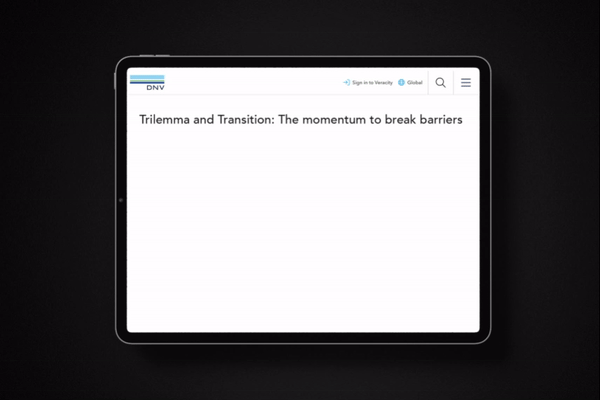
The CFO has become one of the most targeted executives in business. As finance leaders take on a broader, more strategic remit, stretching from digital transformation to enterprise risk, an entire ecosystem of content has sprung up around them.
Everyone wants a piece of the CFO agenda: management consultants, ‘the Big 4’, tech companies, head-hunters. All are pushing insights, frameworks, and forecasts.

But this flood of content creates a challenge for marketers: how do you cut through?
At a recent roundtable hosted at the Financial Times headquarters, senior content marketing and thought leadership professionals came together to explore just that. The verdict? It’s time to rethink how we engage this evolving audience by rebalancing creativity and credibility, speed and substance, scale and specificity.

Here are five principles that can help CFO-focused thought leadership stand out and deliver lasting impact.
1. Curiosity: treat “CFO” as a plural, not a persona
The term “CFO” hides huge variation. ‘Traditional’ CFOs who have spent their career within the finance function often think differently from those who have been moved directly into the role from other parts of the business. Similarly, incumbent CFOs don’t always share the priorities of “CFO minus 1” high potentials. That’s why leading teams are building campaigns on real audience segmentation, not generic labels. From content topics to channel strategy, curiosity about who you’re speaking to is the first step to relevance.
2. Imagination: be bold, but build within the guardrails
Organisations tend to self-censor, especially when content goes through multiple internal layers. The most successful teams work with this reality rather than against it. They build imaginative ideas inside trusted frameworks, rooting contrarian points of view in proprietary data, case studies, or expert insight. The goal: spark curiosity without losing credibility.
3. Advocacy: mobilise your internal network
Your own people are often the best amplifiers, but only if you equip them properly. Participants shared how they’re turning sales and client teams into advocates by embedding content in their workflows. Toolkits, dashboards, and ready-made talking points make it easy for internal teams to use thought leadership in the field and give it the reach it deserves.
4. Clarity: know your ‘why’ from the start
Before launching any campaign, be it GenAI or sustainable growth, teams are stepping back to clarify purpose. Is the goal to earn media coverage, drive leads, or support strategic relationships? Each demands a different content design and measurement model. Clear objectives upfront make it easier to filter noise and align around outcomes.
5. Purpose: pair insight with action
Original research is still a powerful way to surface what CFOs think. But then you need to show what to do next. The best thought leadership translates data into usable frameworks and recommendations. It’s this mix of insight and utility that turns ideas into impact.

Moving from attention to action
In today’s content-cluttered world, CFOs are harder than ever to reach. But the answer isn’t more noise. It’s more relevance.
That means going deeper on segmentation. Taking creative risks but backing them with substance. Making it easier for internal teams to amplify what you produce. And above all, giving the CFO something practical they can use.
The CFO agenda is only going to grow more complex. The organizations that win their attention will be the ones who bring clarity, not just commentary.
If you’re interested in creating thought leadership that truly cuts through the noise and effectively influences CFOs and other key decision makers, get in touch with us today.
Sign up to the newsletter
We help organisations stand out, speak with authority and spark inspiration, so change can happen. That’s real intelligence with influence. Sign up to our newsletter to get regular updates.
Subscribe






 Back
Back

 Book a meeting
Book a meeting
 Book a meeting
Book a meeting


 View Peter’s profile
View Peter’s profile

